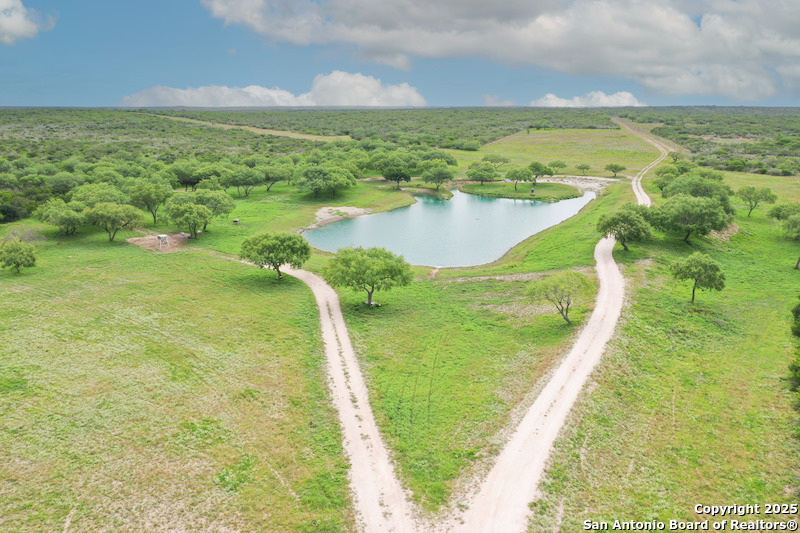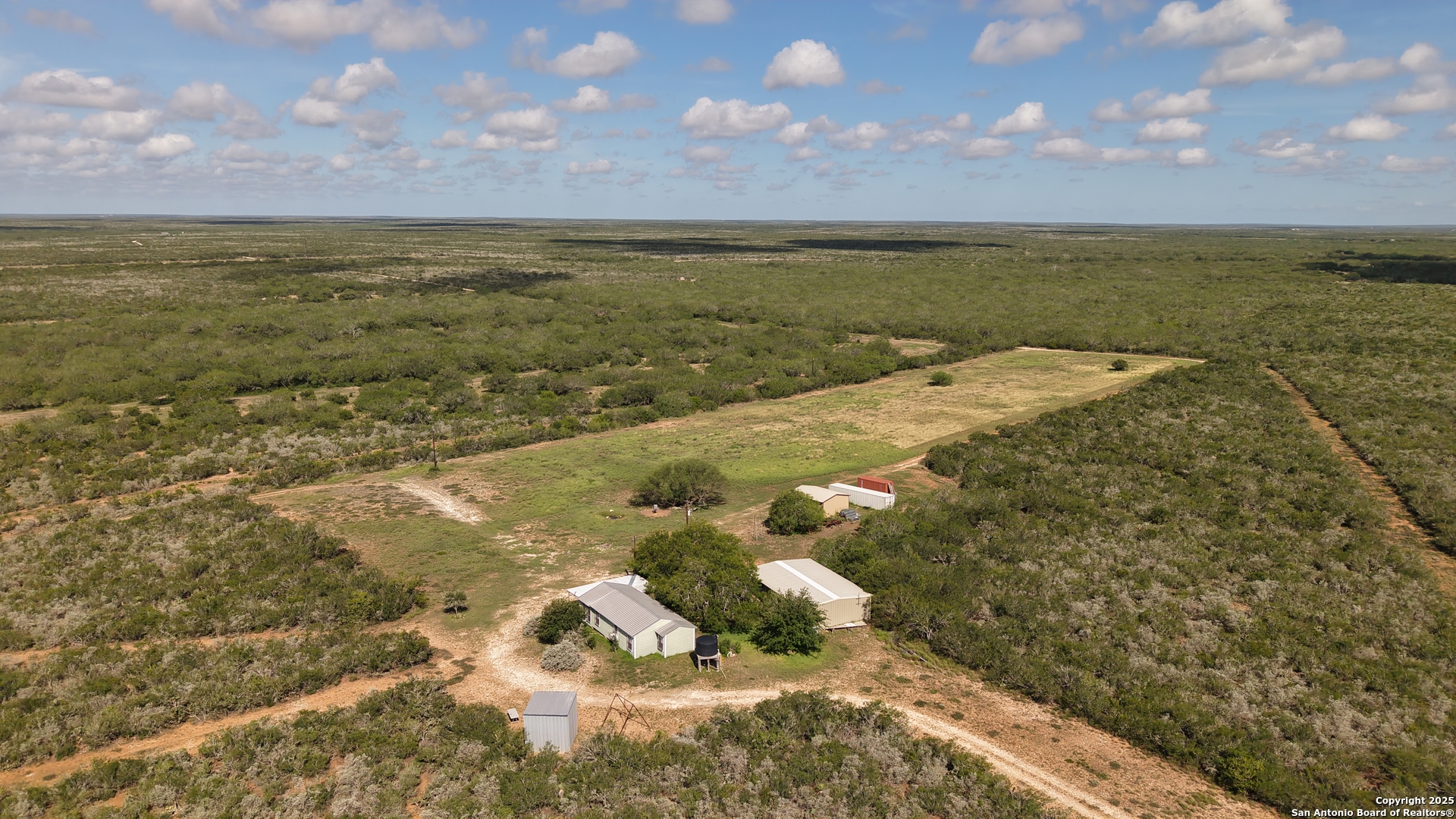January 43°F
July 97°F
Duval County, located in South Texas, is known for its rich cultural heritage, diverse landscapes, and strong sense of community.Established in 1858, the county features a blend of rolling plains, brushlands, and historical landmarks. With a deep connection to its Mexican-American roots and a commitment to preserving its unique history, Duval County offers a welcoming environment for residents and visitors alike.
AREA HISTORY
Duval County was established in 1858 and named after BurrH. Duval, a soldier in the Texas Revolution. The area was originally inhabited by Native American tribes, including the Coahuiltecan, before Spanish andMexican settlers arrived in the 18th century. The county's history is marked by its ranching roots and a significant Mexican-American influence, which is evident in the local culture, traditions, and architecture. Historic sites such as the Duval County Courthouse and various early ranches offer insights into the county’s storied past and its role in Texas history.
GEOGRAPHY
Duval County, located in South Texas, features a diverse and rugged landscape. The county is characterized by vast open plains, rolling hills, and clear rivers, with the Nueces River being a prominent geographical feature. This river provides essential water resources and recreational opportunities. The terrain includes brushlands, grasslands, and cultivated fields, supporting a variety of plant and animal life. The climate is semi-arid, with hot summers and mild winters, making the area suitable for agriculture and outdoor activities.
ECONOMY
The economy of Duval County is primarily driven by agriculture and oil production. Ranching remains a cornerstone of the local economy, with cattle and crop production being significant contributors. The discovery of oil and gas has also made energy extraction a major economic driver in recent years. Small businesses, including retail shops, restaurants, and services, support the local community and contribute to the economic vitality of the county. Efforts to promote economic development focus on enhancing agricultural productivity and supporting local enterprises.















